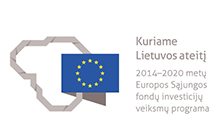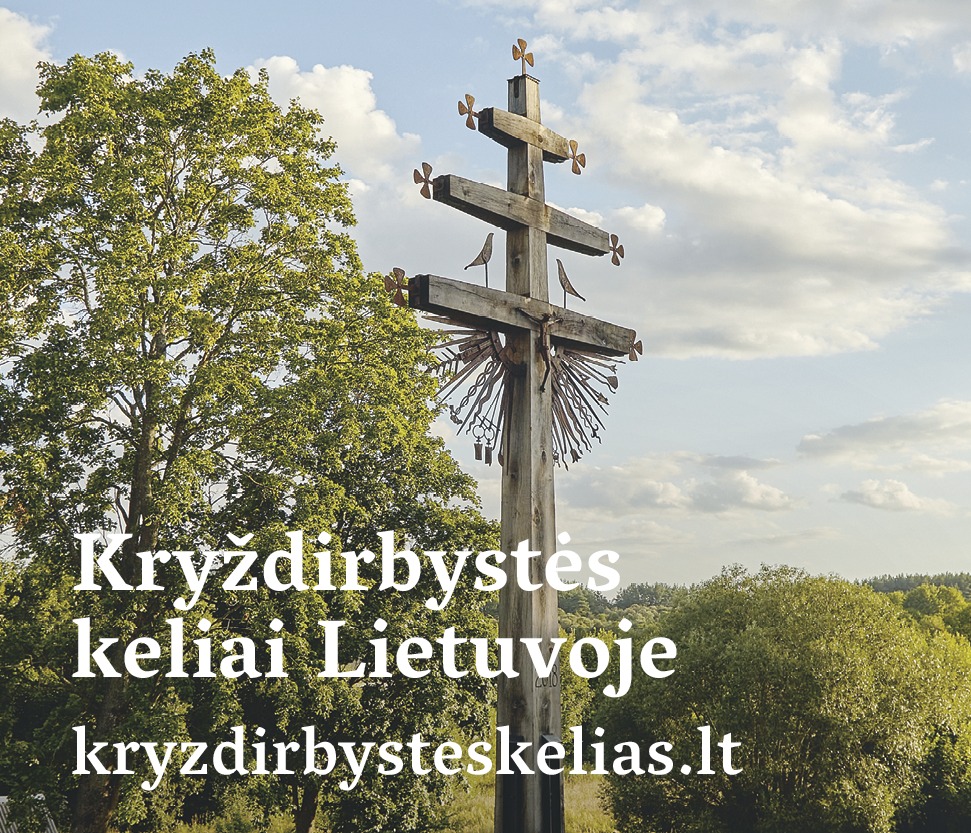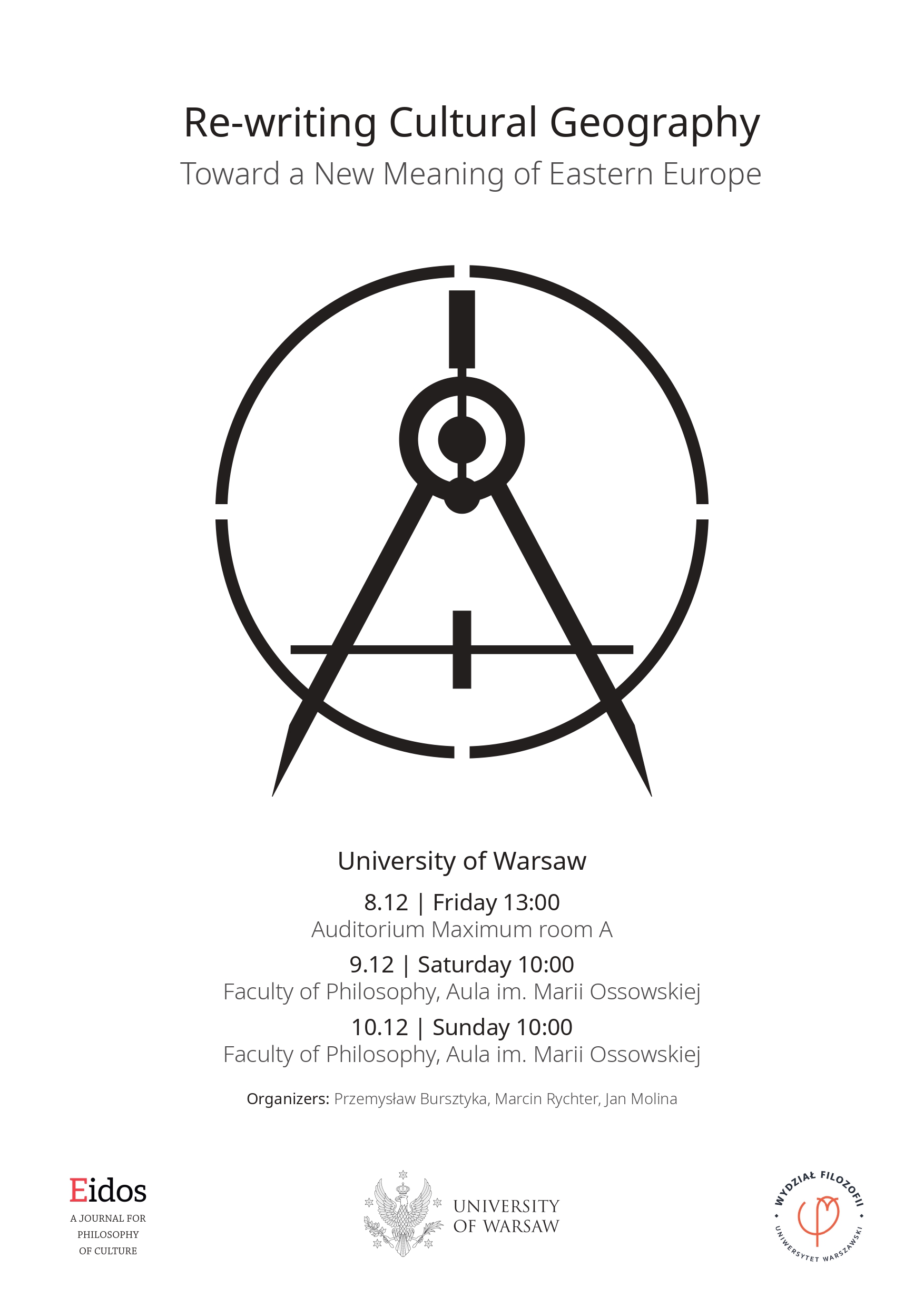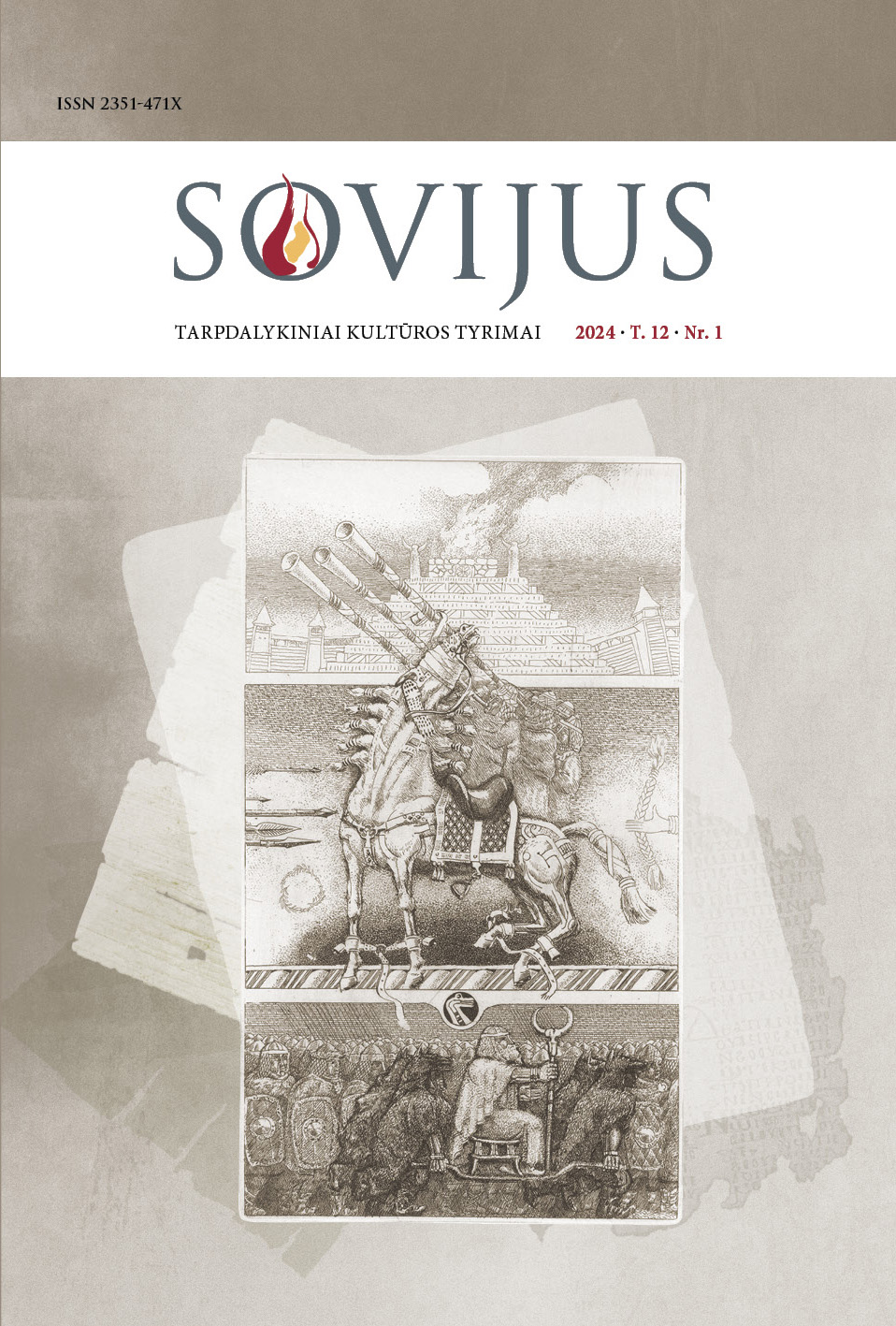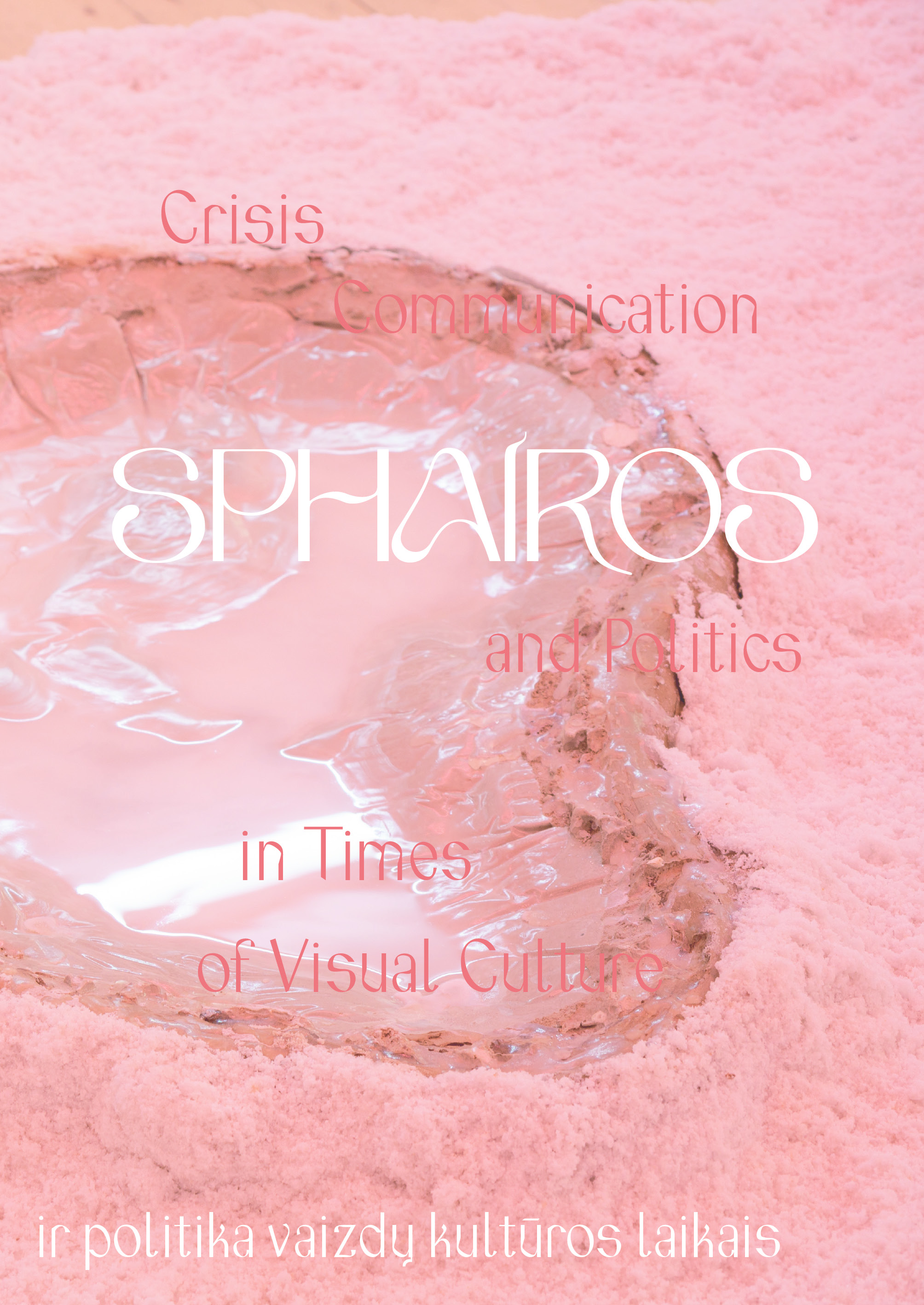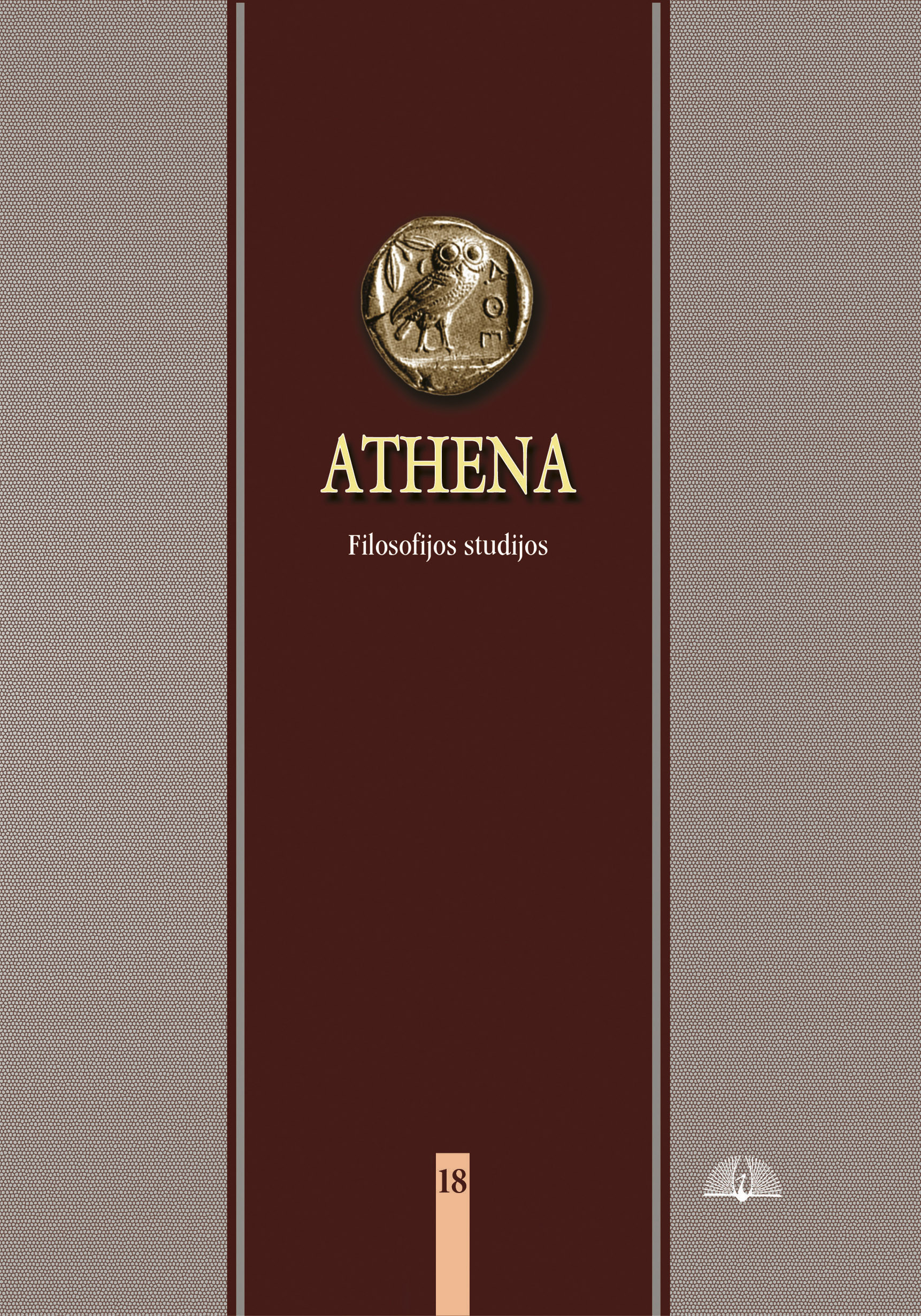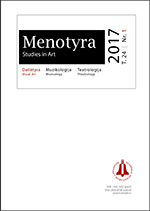- Home
- Activities
- Projects
- Pažaislis Hermitage: History of the Camaldolese Monks
Pažaislis Hermitage: History of the Camaldolese Monks
The Pažaislis Monastery was one of the seven Camaldolese monasteries in the Polish and Lithuanian province, as well as being the northernmost hermitage of the Camaldolese congregation of Monte Corona. This book discusses the main liturgical and economic aspects of life at Pažaislis. Their liturgy was closely connected to that of the other monasteries based on the Rule of Saint Benedict, although they had their own traditions and certain differences. The methods of how the novices were accepted and how they were taught are described in this book. Upon their arrival, newcomers were introduced at a chapter meeting, where their abilities were evaluated and they were allowed to experience life in the monastery for a little while. After this, the candidates were admitted to the novitiate (if they were not refused), but under different statuses. The most important positions – such as hermit priests, masters of the novices or supervisors (since the middle of the 18th century) – were appointed during the General Chapter Meetings in the hermitage of Monte Corona. The lesser duties (sacristan, archivist, librarian, novice examiner, brother instructor, cook, baker, nurse of the sick, gatekeeper and others) were appointed in the local hermitage. Although the Camaldolese themselves did not eat meat, they raised cattle, sheep and poultry, which they sold or used for wool. However, the biggest source of profit for the Camaldolese were crops, and the barley, rye, wheat, oats, peas and other crops were consumed in the kitchen of the hermitage as well as being sold. The Camaldolese also ordered various types of goods from Konigsberg that were transported by the Baltic Sea and then up the Nemunas River to Pažaislis. Herring and wine, dried sea cod, various spices (such as cinnamon and saffron), rice, raisins, sugar and even tobacco were transported to the monastery in barrels from the coast of the Curonian Spit. The variety of goods that reached Pažaislis from Konigsberg, as well as those acquired locally, reveals that life in the hermitage was far from monotonous. Therefore, when we think about Pažaislis, it is best to remember that the history of monastery is enriched not only by the decorations, but also by the colourful history of the Camaldolese.
Result: Paknys, Mindaugas. Pažaislio eremas: kamaldulių vienuolyno istorija [Pažaislis Hermitage: History of the Camaldolese Monks], Vilnius: LKTI, 2020. ISBN 978-609-8231-25-0
https://www.lkti.lt/pazaislio-eremas-kamalduliu-vienuolyno-istorija/
Address: Saltoniškių g. 58,
LT-08105, Vilnius
Į. k. 111961791
Tel./fax. +370 5 275 1898
Email: LKTI@LKTI.LT


